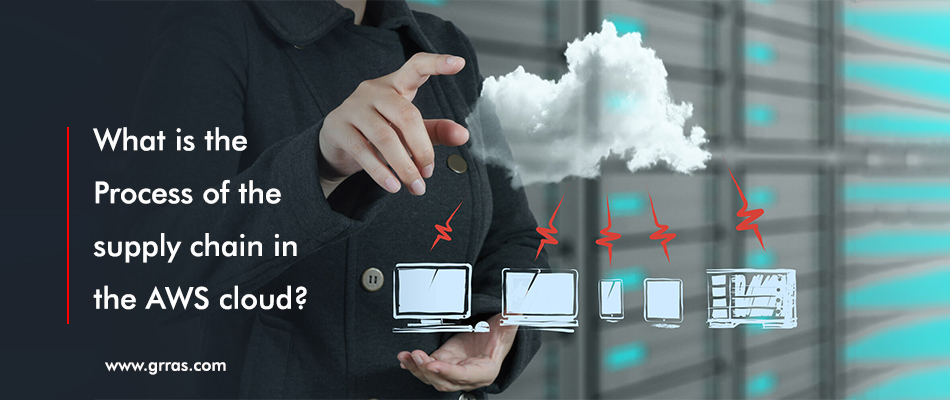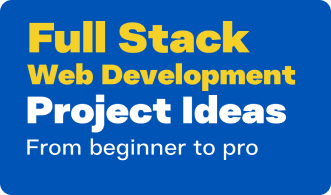Supply Chain Management (SCM), first coined and used in 1982 by Keith Oliver, has since been revamped by experts across the globe. With these integrated systems that have been developed and revised with time, there are many supply- chain models which are available and fit most business needs of the firms.
If you are looking for an answer to what is the process of the supply chain in AWS cloud, then you are the right place because we are about to give you all the details about the key business processes incorporated in a supply chain. But before we get to that, let us give you a brief peek in models available, along with their applications.
Supply Chain Models
There is various supply- chain models that are apt for the business needs of businesses today. Here is a list of these models, along with their applications to help you better understand the process of the supply chain in AWS Cloud as we move ahead in this blog.
- Agile Model is most suited for enterprises that work in speciality order items
- Custom Configured Model is apt for providing custom configurations at the assembly and the production level
- Fast Chain Model is best suited for businesses that deal in products that are trendy and offer shorted shelf life
- Supply Chain Operations Reference Model (SCOR) is used to establish standards and consistent improvement in the supply chain management system
- Continuous Flow Model is used to provide stability in a market with high demand, but still leaves room for a little fluctuation
- Efficient Chain Model is most suited for businesses that are working in the competitive markets, where end- to- end efficiency is much needed
- Flexible Model is used to offer the freedom needed to keep up with the high demand peaks to be able to manage stretched periods of low volume movement
What is the process of the Supply Chain?
There are many processes involved in the supply chain management. However, with this blog, we are going to give you the key eight processes which have come to be trusted by experts of the field.
So, here is a list of the processes you need to know about –
- Customer Relationship Management
This part of the process helps in creating a structure that helps in the development and the maintenance of the relationships with the customers. On the basis of individual customers or a group’s value over a period of time, along with their loyalty, customised services or products can be provided.
It is the job of cross- functional customer teams to develop PSA) Product and Service Agreements in order to keep up with the needs of certain key accounts and for certain portions of other customers. It is also their job to work with the main segment of customers for the improvement of the processes as well as to eliminate the non- value- added activities and the demand variability.
Performance reports are then designed for the measurement of the profitability of certain individual customers and to also study the financial impact on that customer as well.
- Customer Service Management
This is the process that works at the customer interface. This acts as the providing place for key point of contact for the administration of the PSA as well as gives out the product availability details, shipping dates, and order information to the customers.
It is an essential phase in keeping the customer updating, which results in a higher customer satisfaction.
- The Order of Fulfilment
This process is much more than simply filling orders. It is in this step that all necessary activities related to defining customer requirements as well as designing such a process that enables the organization to meet these customer requests are included. And all this happens while truing to minimise the total deliver cost.
The purpose of this step is to ensure the development of a seamless and fail- proof process starting from the supplier to the organization and finally to the various customer segments who place orders. This is more than just a logistics function and has found its use in being implemented cross- functionally.
- Product Development & Commercialisation
One of the key steps in the development and launching of any product or service is to ensure that the demand is right and surged. This is why this process is an essential one. The product development & commercialisation process team’s job is to coordinate and get in line with the customer relationship management for the identification of the customer’s unarticulated and the articulated needs; for developing production technology in the manufacturing flow for the manufacturing and integrating a given market/ product combination into the finest supply chain flow; and selecting materials and suppliers in inference with the supplier relationship management process.
- Supplier Relationship Management
This is the process that defines the ways in which a company interacts and deals with its suppliers. Similar to the case of customer relationship management, in supplier relationship management too, the company forms a close bond with a few of its suppliers, whereas a few others as less closely cultivated.
Under the definition of good supplier relationship management comes coming up with the right PSAs and managing them all in a groomed manner, so as to ensure that both the company and the supplier keep benefitting. This will happen as a result of favourable trading arrangements, which will lead to a continuous relationship too.
- Demand Management
This is an integral process that gives a company the space to proactive and allows it to match its supply with the demand. This is the step which incorporates forecasting as well as synchronization of demand and supply, making room for increased flexibility and reduced demand variability.
In order to influence and forecast demand, this process employs planned marketing efforts, historical sales information and customer intelligence. This ensures the company is wasting minimally on products or services which have a falling trend.
- Manufacturing Flow Management
In this process, all the activities which are essential for the movement of goods across the production to achieve, implement and manage the management flexibility throughout the supply chain is involved. Manufacturing flexibility depicts the company’s ability to produce a huge variety of products at the lowest cost possible and also at an appropriate rate. The planning and execution should go beyond the production site in order to achieve the estimated level of manufacturing flexibility.
- Returns Management
Returns management is that process of the supply chain management which helps in the management of all the activities associated with reverse logistics, avoidance, gatekeeping and product returns within the firm itself and even across the key members of the SCM.
It is with the correct implementation of this process of returns management that management of the reverse product flow is done efficiently, but also helps in identifying opportunities which will lead towards the reduction of unwanted returns, all the while controlling reusable assets such as containers. One of the key links between logistics and marketing is effective returns management, which allows the opportunity of competitive advantage.
What are the Different Types of Flow in Supply Chain Management?
While there are many types of flow in supply chain management, there are three mains types which you need to know about –
- The Product Flow – The product flow is the one which facilitates in the movement of the goods from the supplier to the end customer. It is under this flow that service needs and customer return concerns are also addressed and taken care of.
- The Financial Flow – The financial flow incorporates title ownership arrangements, consignments, payment schedules and credit terms.
- The Information Flow – The information flow revolves around updating the delivery statuses and transmitting orders.
What are the Benefits of Supply Chain Management?
There are multiple benefits of supply chain management and here are a few you should know about –
- Minimized delays with better coordination in activities and better delivery time
- Enhanced collaboration with the distributors, supply chain managers and suppliers
- Reduced cost with enhanced effective demand planning, improved relationships with distributors and vendors, and improved inventory management.
Conclusion
Supply chain decisions are ones which hold the power to make or break a business. If you have made the right choices, your business will bloom because the benefits of choosing supply chain management are many. With minimum delays and reduced costs, your business production will find itself amid a boost, especially considering how you will know the market trends and have a good grasp over the demand and supply chain.
Thus, its time to begin your journey in this field and it all begins by enrolling with the right institute. For your questions and queries related to the field, all you need to do is to enrol with Grras Solutions for AWS training and certification, the finest institute in the field of IT trainings and certifications. Begin your journey in the tech world now with the aid of expert trainers and brilliant scope with Grras Solutions. Get started now because this is the best time to get ahead of your competition.






